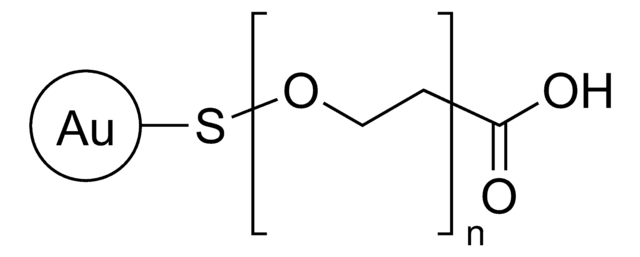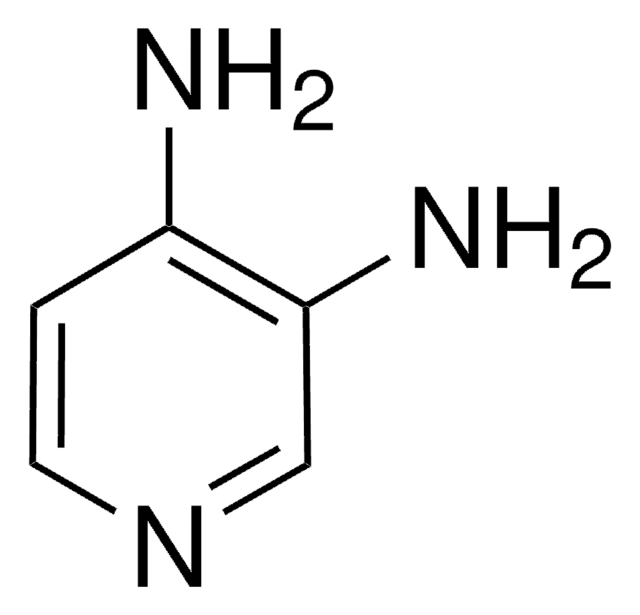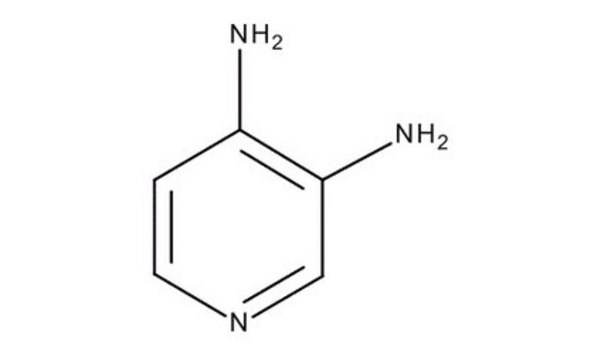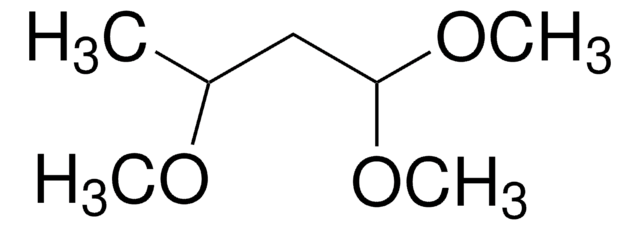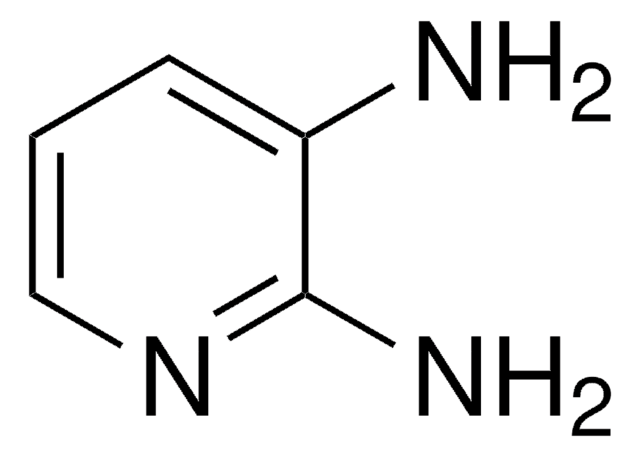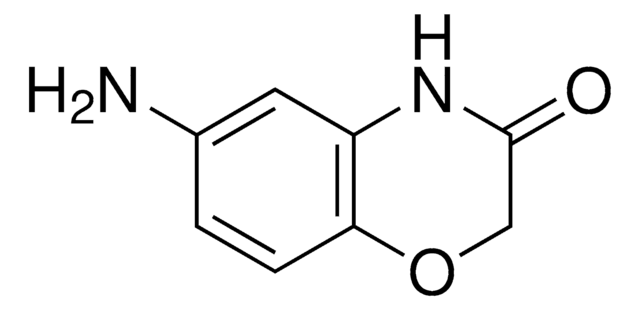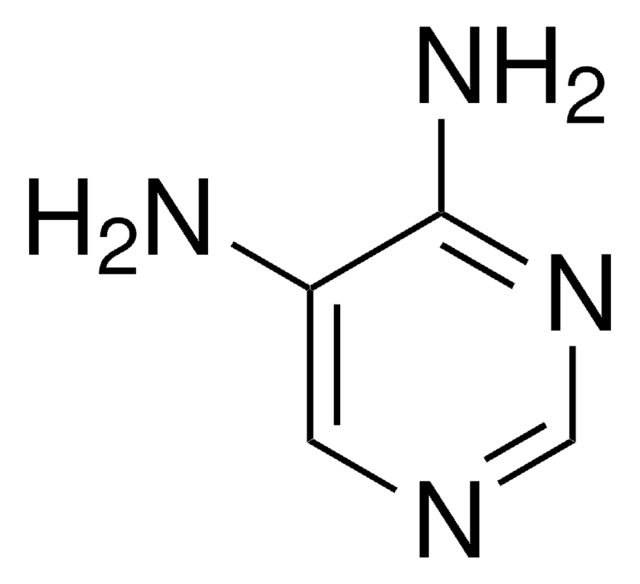765481
Gold nanoparticles
15 nm diameter, carboxylic acid functionalized, PEG 5000 coated, OD 50, dispersion in H2O
Sign Into View Organizational & Contract Pricing
All Photos(1)
Synonym(s):
Gold nanoparticles COOH functionalized, Au NP COOH, Gold Colloid
UNSPSC Code:
12162002
NACRES:
NA.23
Recommended Products
material
PEG 5000
Quality Level
form
dispersion in H2O
nanoparticles
packaging
poly bottle of 1 mL
OD
50
diameter
15 nm
pH
6.0-8.0 (25 °C)
solubility
water: miscible
density
1.00 g/cm3
λmax
520 nm
functional group
carboxylic acid
storage temp.
2-8°C
Looking for similar products? Visit Product Comparison Guide
General description
Gold nanoparticles (AuNPs) ranging from 2-200nm in diameter find applications in diverse fields. They show excellent biocompatibility and attractive physicochemical properties. Poly (ethylene) glycol (PEG) surface coatings on gold nanoparticles help in the reduction of protein adsorption, reduce nonspecific interactions with cells and greatly improve the pharmokinetics of these nanoparticles and reduce aggregation of the nanoparticles. PEG layer density depends inversely on the AuNP curvature. Denser coating was possible on smaller AuNPs. Carboxylic acid functionalized GNPs form conjugates with various protein molecules due to the electrostatic attraction between the negatively charged carboxylate groups and positively charged amino groups of protein. Since it adheres to cell membranes, it may find use in cellular and intracellular targeting in targeted drug delivery applications and also used in biodistribution studies.
Application
Several other specific applications have been listed below:
- Since they adhere to cell membranes, AuNPs may find use in cellular and intracellular targeting in targeted drug delivery applications and may also be used in biodistribution studies.
- AuNPs may also be used in photothermal therapy and radiotherapy.
- AuNPs ranging from 10 to 250 nm, were studied to have been absorbed primarily by liver and spleen, when injected intravenously in rats.Whereas, 10 nm nanoparticles were distributed more broadly into various organs.
- Carboxylic acid end-groups binds with various proteins and can be used in targeted drug delivery and gene therapy.
Functionalized Particles have been extensively used to study cellular uptake of nanoparticles and targeted drug delivery.
Features and Benefits
The PEG coating decreases the cytotoxicity and increases efficiency of GNPs in targeted drug delivery. PEG increases the stability of the nanoparticles and prevents agglomeration. Forms complexes easily with dyes and thiol ligands.
WGK
WGK 1
Flash Point(F)
Not applicable
Flash Point(C)
Not applicable
Regulatory Information
新产品
Certificates of Analysis (COA)
Search for Certificates of Analysis (COA) by entering the products Lot/Batch Number. Lot and Batch Numbers can be found on a product’s label following the words ‘Lot’ or ‘Batch’.
Already Own This Product?
Find documentation for the products that you have recently purchased in the Document Library.
Nishima Wangoo et al.
Journal of colloid and interface science, 323(2), 247-254 (2008-05-20)
We report a novel strategy for the synthesis of aqueous stable, carboxylated gold nanoparticles (GNPs) by using glutamic acid as the reducing agent. The ratio of chloroaurate ions, AuCl(-)(4) to glutamic acid was optimized in the reaction medium to obtain
Xiao-Dong Zhang et al.
International journal of nanomedicine, 6, 2071-2081 (2011-10-07)
Gold nanoparticle toxicity research is currently leading towards the in vivo experiment. Most toxicology data show that the surface chemistry and physical dimensions of gold nanoparticles play an important role in toxicity. Here, we present the in vivo toxicity of
Timothy A Larson et al.
ACS nano, 6(10), 9182-9190 (2012-09-27)
Polyethylene glycol (PEG) surface coatings are widely used to render stealth properties to nanoparticles in biological applications. There is abundant literature on the benefits of PEG coatings and their ability to reduce protein adsorption, to diminish nonspecific interactions with cells
Functionalized gold nanoparticles and their biomedical applications
Tiwari, P. M., Vig, K., Dennis, V. A., & Singh, S. R.
Nanomaterials, 1(1), 31-63 (2011)
Our team of scientists has experience in all areas of research including Life Science, Material Science, Chemical Synthesis, Chromatography, Analytical and many others.
Contact Technical Service